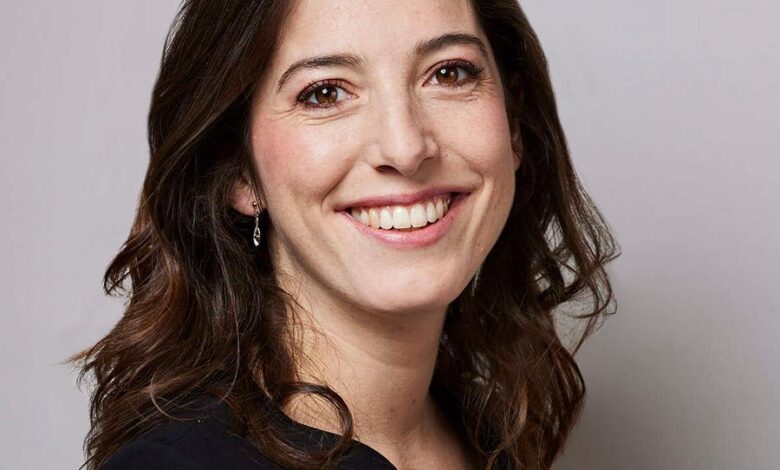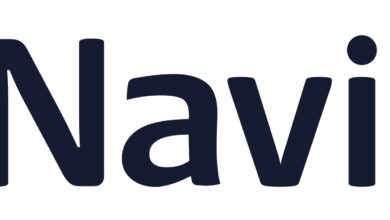Entrepreneurs Adapt To A New Funding Reality

Eléonore Crespo, CEO and co-founder of pigment, says a commitment to innovation has driven growth … [+]
VC investment into European companies is looking fairly stable, if subdued. According to figures published by Crunchbase, startup funding came in at $11.8 billion in the first quarter of 2024, up slightly from the final three months of last year but down from the same period a year earlier. U.K.-focused figures published by HSBC Innovation Banking tell a similar story with investment down a little from the previous quarter. In other words, no crisis but for many businesses the funding landscape is still challenging.
So what has this meant for businesses that have raised money recently? This week, I spoke to two European companies that have successfully completed funding rounds.
Kittl is a Berlin-based business founded in 2020. As CEO and founder Nicolas Heymann explains, the company provides browser-based graphics tools that allow designers to create professional quality collateral, such as posters, labels and packaging. The catalyst for the business was Heymann’s own experience of running an e-commerce company. “I had a need for easy-to-use tools that would, nonetheless, deliver high-quality results,” he says. Looking for such tools, he perceived a gap in the market.
Adapting To A New Climate
In January of this year, Kittl raised $36 million in a Series B round – led by IVP – which followed a Series A of $11.6 million in 2023. Heymann says that throughout Kittl’s fundraising journey, it has been necessary to adapt to the more cautious approach of VCs in a less than benign economic climate.
The company came to the market with what Heymann describes as a very small minimum viable product (MVP). “We identified a value proposition and decided to adopt a template-based approach,” he recalls.
Initially, the company was focused on growing its user numbers – aided and abetted by social media marketing – rather than revenues. The aim was to establish a user base, which could subsequently be monetized. That approach was fine in 2021 when the company raised Seed capital while still at the pre-revenue stage.
But in 2023, Kittl faced a different marketplace. “We launched the product in 2022 and we needed to raise money. That was when we realized investors wanted to see revenue,” he says.
The Monetization Imperative
That was potentially a problem. The strategy had been to grow the user base with a view to future revenues. To attract finance Kittl had accelerate monetization. It had to provide evidence that the product was something users would pay for. That meant demonstrating that its freemium model would quickly convert those who were sampling Kittl into paying customers. Heymann says the company managed to achieve this while growing the user base from 100,000 to 1 million.
“Investors appreciated the fact that we had monetized the platform. They saw that customers were willing to pay,” he says. This principle also applied at the Series B stage when the capital was needed to pay for AI development and expansion into new markets.
Later Stage Investment
Paris-based business planning platform Pigment has traveled further along the funding road, having just completed a Series D round. Founded in 2019, the company styles itself as a planning platform for forward-thinking businesses. In practice, it’s a platform that draws on a wide range of data sources to help companies make business decisions. The company’s customer base includes global corporations such as Merck and Unilever and also innovation economy alumni like Deliveroo, Klarna and Kayak.
CEO and co-founder Eléonore Crespo explains the thinking behind Pigment. “We wanted to think about everything relating to strategic decision-making,” she says. So we thought about how to make a platform that would enable leaders such as CFOs, CEOs, CROs and also teams to make better decisions.”
The information captured and analyzed by the platform can be used to create what-if scenarios, taking into account factors such as economic and geopolitical trends and possibilities.”You can create scenarios on top of the data to help you plan for the future,” Crespo adds.
The company has raised $393 million in funding, including the recent $145 million Series D round led by ICONIQ Growth and SandbergBethnal Venture Partners (along with IVP, Meritech, Greenoaks, and Felix Capital).
According its own figures, Pigment has tripled its annual recurring revenue and doubled its customer base globally in the last 12 months, during which time the number of enterprise customers using Pigment has also tripled.
Growth And Innovation
When I ask Crespo to outline the appeal of Pigment in a sometimes challenging market, she cites the recent growth figures.
The growth she says, has been underpinned by a commitment to refining and developing the product. “It’s all driven by innovation,” she says. “We want to enable as many use cases as possible, so innovation is crucial.”
Expanding the use cases, enables Pigment to grow its business within organizations. If an experiment within one division is successful then there is an opportunity to sell the solution to other functions within the business. The company says 90% of its customers use the product across multiple departments. So what’s on offer to investors is a product that can find new customers while expanding its reach into organizations that have already bought in.
So on the face of it, securing VC funding in a downturn is simple enough. Demonstrate to VCs that your product is delivering to clients and generating cash. The potential problem is that the criteria applied by VCs may change rapidly. Over the past two years the emphasis has shifted from growth to profits. Now, if the economy improves, the pendulum may swing back.
So as Heymann points out, it’s necessary to keep an eye on VC thinking. “You have to understand not only the users but also the investors,” he says. “You have to ask what investors are looking for and give them that.”



